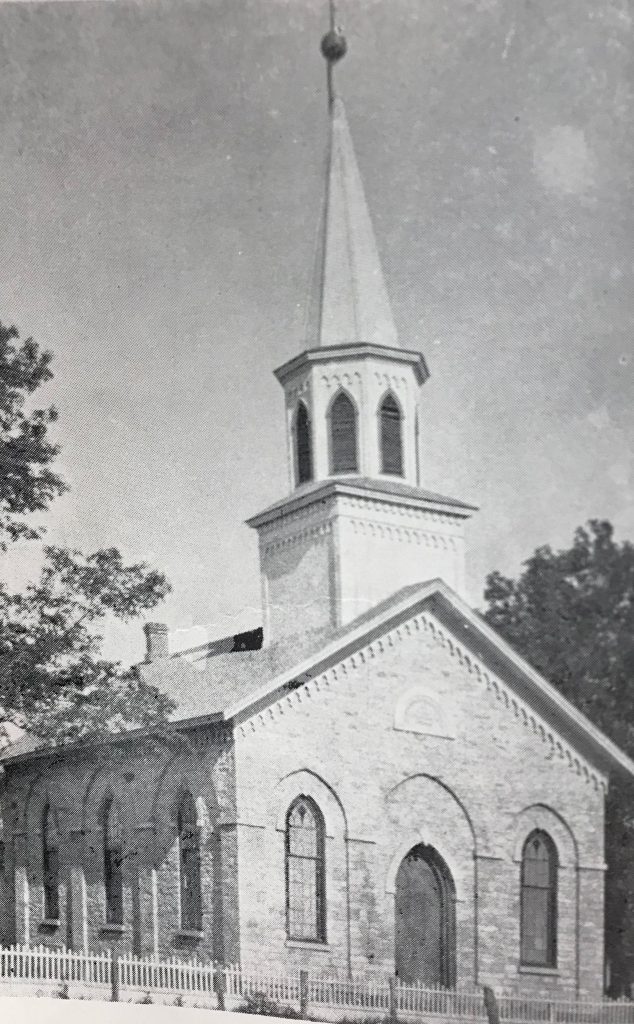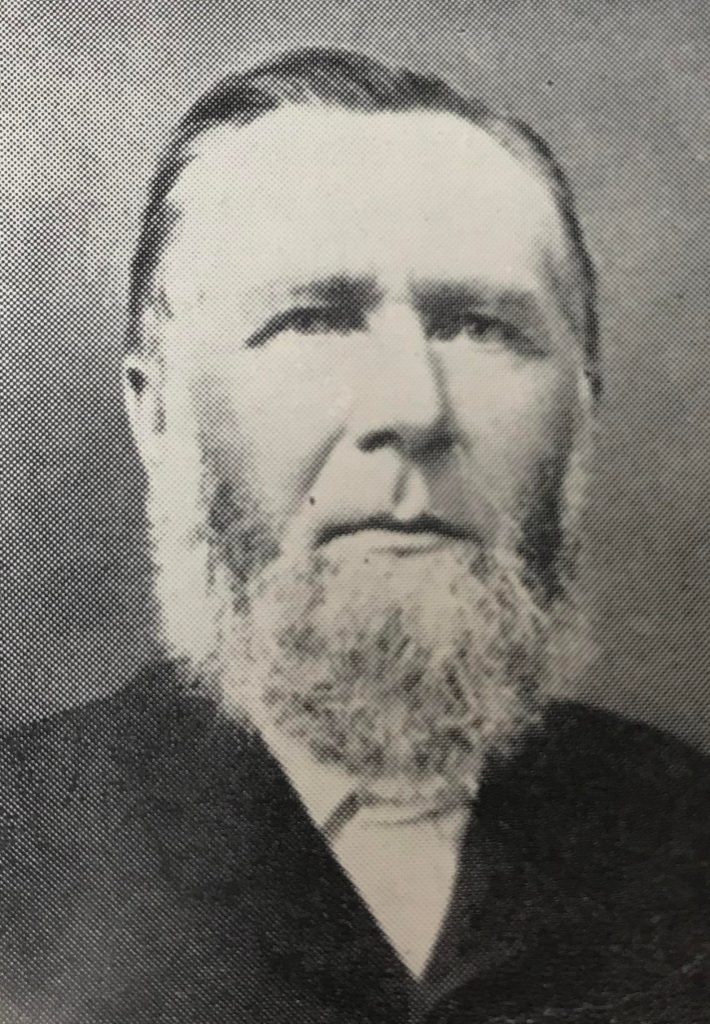Nineteenth-century Winter: A Force to be Reckoned With
Mitchell county, Iowa

All across northern Iowa in the early years of settlement winter was a source of harrowing experiences and vivid, often sad, stories. Mitchell County is no exception. A history of the county tells the story of Charles Zilk who, on December 2, 1856, wanted to mail a letter. His fifteen-year-old son August offered to take the letter to Pettitbone in Howard County, fifteen miles away, where it would be picked up and sent on more efficiently. The Zilk’s not having a team, except oxen, August walked the fifteen miles across the prairie. When he arrived in Pettibone, “a fearful storm set in” with snow and wind. Although people in Pettitbone urged him to stay the night warning him of the danger, he refused. In a story common to the prairies and plains, the snow obliterated all landmarks. The next day the snow was three feet deep on the level. Only on the second day, when the boy did not arrive back home and the family could no longer tell themselves he had stayed the night in Pettitbone did they become alarmed. When they learned August had left on the same day, they knew that good news was unlikely. Charles searched every snowbank but did not find his son. Only when the snow had melted, on April 23, 1857, was the boy’s body found three miles from where he left to make his return trip.
During this winter and others in the 1850s, as well as amidst wet and difficult spring floods, Danish-born Norwegian Lutheran pastor Claus Laurits Clausen crisscrossed Mitchell County and surrounding territory from Milwaukee to Spirit Lake founding Lutheran churches. “Whether in the cold and storms of winter or the rain and mud of spring, travel, with the slow- moving horse and buggy, over roads that were mere trails, was at best difficult and wearisome.” Though the many subsequent Lutheran churches in the territory were testament to his vigilance, he still attracted the disapproval of the Norwegian Synod of the Lutheran Church when he was elected to the Iowa state legislature in 1856. He resumed his ministerial work in 1859 and admitted his error in a previous doctrinal stand and in the temporary stint in the Iowa legislature, but he was not received back into the Norwegian Synod until he offered an “abject confession.”
The establishment of the Lutherans at St. Ansgar put them in
communication—sometimes silent communication—with the Sioux and the Sac and Fox who returned often to their hunting territory. In 1864, during the building of the church at St. Ansgar, a woman recalls being at home with her child while her older son and husband hauled stone for the building of the church. She tells of eight Indian men who rested their guns against the tree outside and approached her house gesturing silently that they would like food. She provided pork, bread and butter, and coffee. The men ate, and she recalls, left as silently as they had come. The season of this visit was not identified as winter, rather as hunting season.

Prey found the winters as difficult as did hunters and other humans. The difficult winter of 1856-57 and the great storm (what would later be called a “blizzard”) of December 3, 1856 left a heavy crust over deep snow. Although heavy loads could sometimes be hauled over the crusted snow, there was always the hazard that the hard surface would collapse. “That winter many hundreds of deer were killed by breaking through the icy crust of the snow, and breaking their limbs, after which the poor animals froze to death.” It was not only people on foot or in a stage lost in the snow a short distance from their homes who suffered in the worst of winter.
Even when the train came to the county, the winter could be an obstacle. Given that Osage had no water tank or coal chute, early on, trains came to Orchard for these supplies. “If the tracks were snow bound, the train holed up in Orchard, and the trainmen spent the time playing cards at the hotel. The crew members were careful to drain the engine so it would not freeze.”
Given the trials of winter—not counting the card playing–, it is no surprise that Matilda Peitzke Paul remembers the spring and summer at her childhood home near Stacyville in the 1860s and 1870s with such joy. Many decades later she wrote her granddaughter Mabel, “Early in the spring of the year as well as all summer there were such beautiful wild flowers, new species till late in autumn. We certainly were surrounded by the beauties of nature, and O how we did appreciate it all.”
Sources: SHSI: History of Mitchell and Worth Counties, 1884; H. Fred Swansen, The Founder of St. Ansgar: The Life Story of Claus Laurits Clausen, Blair NE, 1949; Leona Montag et al, History of Mitchell County, Iowa, 1989; Amy Walling, The Story of Orchard, 1972; Matilda Peitzke Paul, “Recollections,” 1938.
